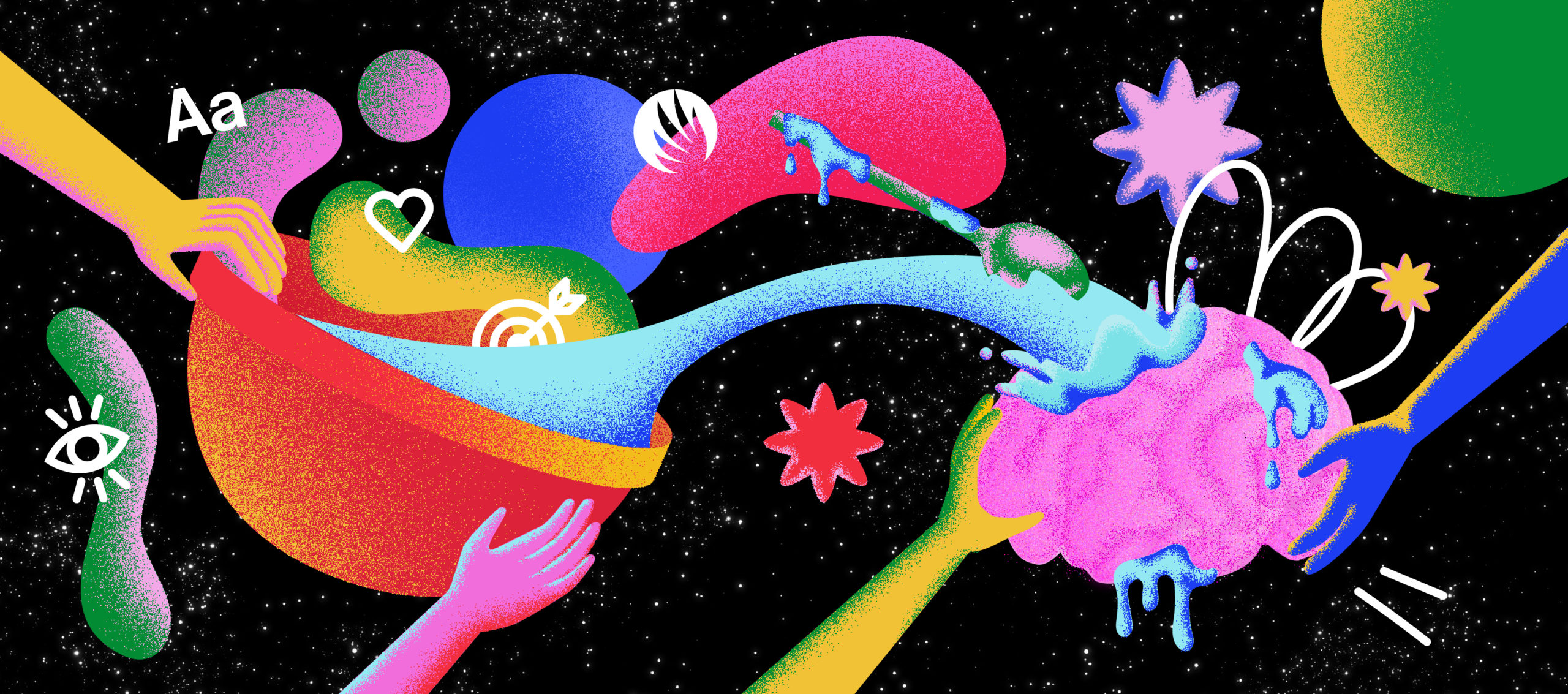A brand is a nebulous, abstract thing. The word means many things to many people, so much so that defining it might seem a fool’s errand. Well then, we must be fools. Having at least a working definition of brand is an important tool for a founder to wield, unlocking better decisions on a range of startup fundamentals that go well beyond marketing. From R&D and product development to governance and hiring, your brand can be a framework that guides the way your business thinks about… well, pretty much everything.
not a logo
What a brand is not, is a logo… we’ve said this to hundreds of people over the years. Nor is it any kind of brand mark. Logos, slogans and graphic design motifs, while expressions of branding, are essentially marketing tools. From the simple tick and ‘just do it’ mentality of Nike, to the good old red, white and blue of Pepsi, brand marks form a part of your brand identity, yet they are not, in themselves, your brand.
Now we’ve got that out of the way, we can start to consider what a brand actually is; something much bigger. Think of bottled water — whichever brand you buy, the taste is pretty much the same, yet the style, price and messaging used to sell different bottles of water vary hugely. You might have a favourite type of bottled water yourself. Why? The answer is the water itself is only part of what you’re buying. In this case, it’s everything from the style of the bottle, the message around it, how it sits in your hand, what you associate with it, and who you’ve seen drinking it in the past.
the good feels
Brand, really, is more of a feeling — one that arises from a reputational promise, which should be cultivated through consistent delivery on your company’s core mission and values. Remember the frenzied height of WeWork? Ill-fated, yes, but in its heyday the company brought a fresh, exciting promise of a new work-life that captured the imagination of employees and customers alike. This feeling was so successful it carried them all the way to a $47 billion valuation, even though the inherent weakness of the business model was there for all to see. When the feeling was revealed to be a mirage, everything fell apart.
If a brand is the perceived feeling of the product you want to sell, then the first half of branding is deciding what you want that feeling to be, and the second half is the strategy employed to create that feeling. Branding then, in its simplest form, is the recipe that invokes a particular feeling of a product, service, or organisation in the customer’s mind, to attract and retain a loyal customer base. As Bezos would say, “your brand is what other people say about you when you’re not in the room.”
But the idea of a brand needn’t be so reductive. Great branding goes beyond tokenism and finds something deeper, a core value that is shared by a company and its audience, and entrenches it in everything it does. Take powerful challengers like Lush and Whole Foods, who evoke a strong sense of their purpose with the mere mention of their name. Consistently building the same value into every interaction is the process of how brand equity, a positive recognition, grows from positive sentiment into brand loyalty. The brand becomes more than a fleeting feeling, but a marker of identity — a tribe.
a human touch
Brands all begin with a shared vision. At early stage startups, this originates from the founder themselves. Doing it authentically (as opposed to copying stuff that’s already out there) means being so engrossed in your niche you’re capable of representing a solution for your audience. Like Yam Karkai, co-founder of the femme-focused World of Women NFT collection. In a male-dominated cryptosphere, her brand succeeded (sold out overnight, valued at $51 million) by offering a compelling vision that spoke to the global desire for female representation and community in the NFT niche.
The driving force of much of our behaviour is our sense of self — our identity and the community we see ourselves thriving within. A powerful central mission unifies and encourages communal cooperation. People will go above and beyond for a brand they love, even glueing themselves to the floor for it. Their commitment and passion are acknowledged and rewarded in their own sense of who they are. So weaving intrinsic values into a strong internal culture bolsters a brand’s staying power and turns supporters into champions.
But establishing staying power does not mean staying the same. Quite the opposite: much like the human experience, a brand must be open to evolution. Trends and viewpoints are constantly shifting, and values that once defined a brand may need to be reworked to keep pace with the changing values of society. The shift might be slow, but it’s why even cultural behemoths like Victoria’s Secret (having ditched the infamous angels for inclusivity and empowerment) are willing to change.
your north star
Where does this leave us? Does a perfect way to think about branding even exist? Not really. But here’s what we do know:
- A brand is a collective human experience, evoked through emotion and dictated by a collection of shared values.
- Your brand should stem from your vision, your goals, which extends from your internal team, to your external audience.
- If your core network champions those values they trickle down from vision, into product and delivery, and through the wider messaging of the brand.
- As a company, your brand is what you hope to achieve from your values, the vision of your whole.
- Think of it as your north star, a guide for how your company should express itself across every touchpoint, from your website to how you answer the phone.
- You should never be afraid to test the boundaries or potential of your brand, to explore your current position and evolve.
Remember, your brand isn’t so much a marketing asset, but a thought, a feeling — comprising your integral values, and culminating in the promise you provide to your audience. The point of branding, really, is to clarify these values, these visions and goals, into something that an audience can access.
If you can understand this, and start putting it into practice, you’ll be well on the way to crafting the brand that helps your startup succeed.
Looking for inspiration for your startup’s brand? The Outfly Vision Day Workshop is designed to help your team reset, come together and decide where you’re going. It helps build buy-in from team members by giving them control over the direction of the company, and connecting it directly with their goals. It’s a free-to-use Miro template, give it a whirl here!










